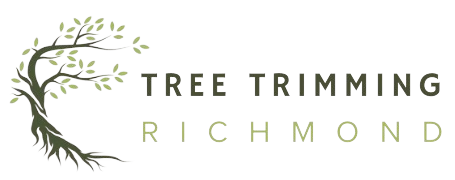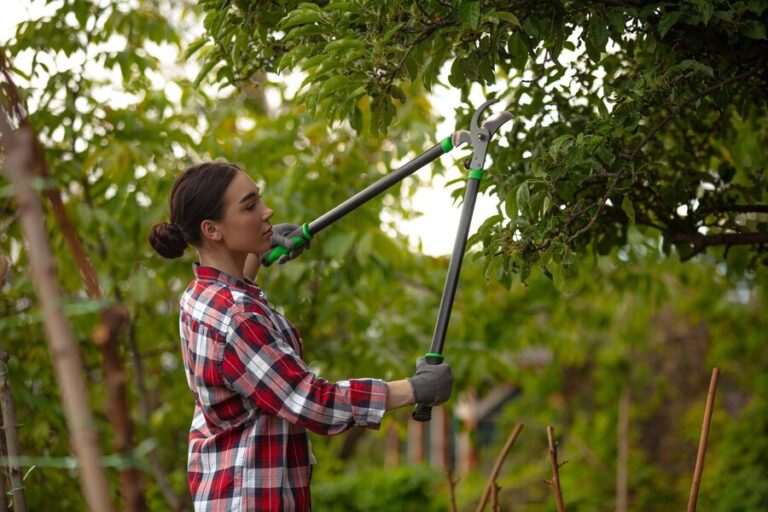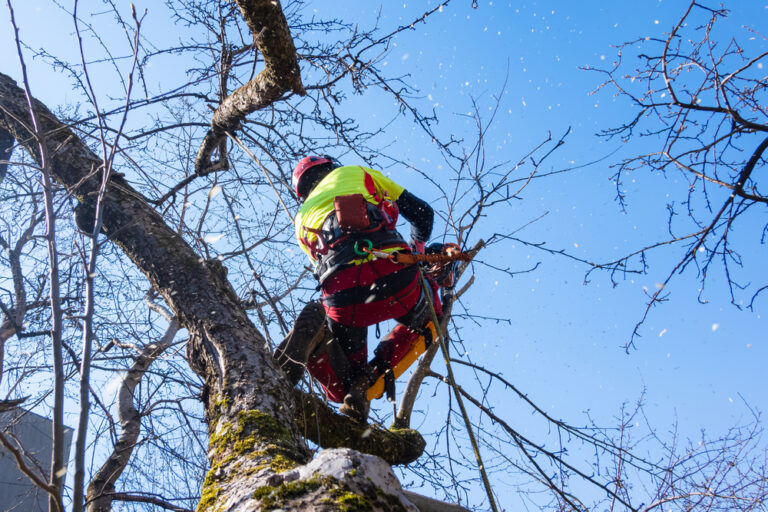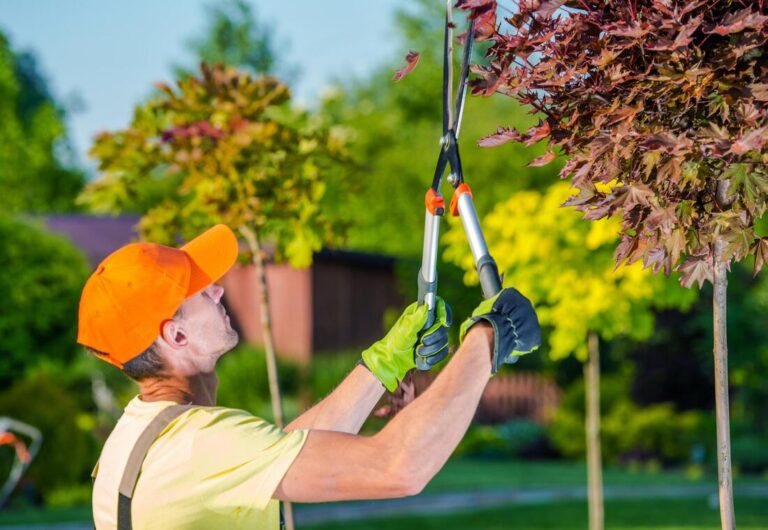Understanding Tree Removal Permits and Regulations in Richmond, VA
As homeowners in Richmond, VA, understanding the regulations and permits involved in tree removal is crucial. This comprehensive guide aims to help you navigate the process of obtaining permits and complying with regulations for tree removal in Richmond. Following these guidelines not only ensures legal compliance but also helps preserve the city’s environment and maintain community safety.
What are Tree Removal Permits?
Tree removal permits are official documents issued by local authorities that grant permission to remove trees from a property. These permits ensure that tree removal is conducted responsibly and in accordance with local laws and regulations. They help maintain a balance between development needs and environmental conservation.
The primary purpose of tree removal permits is to protect the environment and maintain urban forestry. By regulating tree removal, permits ensure that trees, which provide numerous ecological benefits, are not removed unnecessarily. Additionally, they help manage urban tree canopy, which is vital for air quality, temperature regulation, and habitat for wildlife.
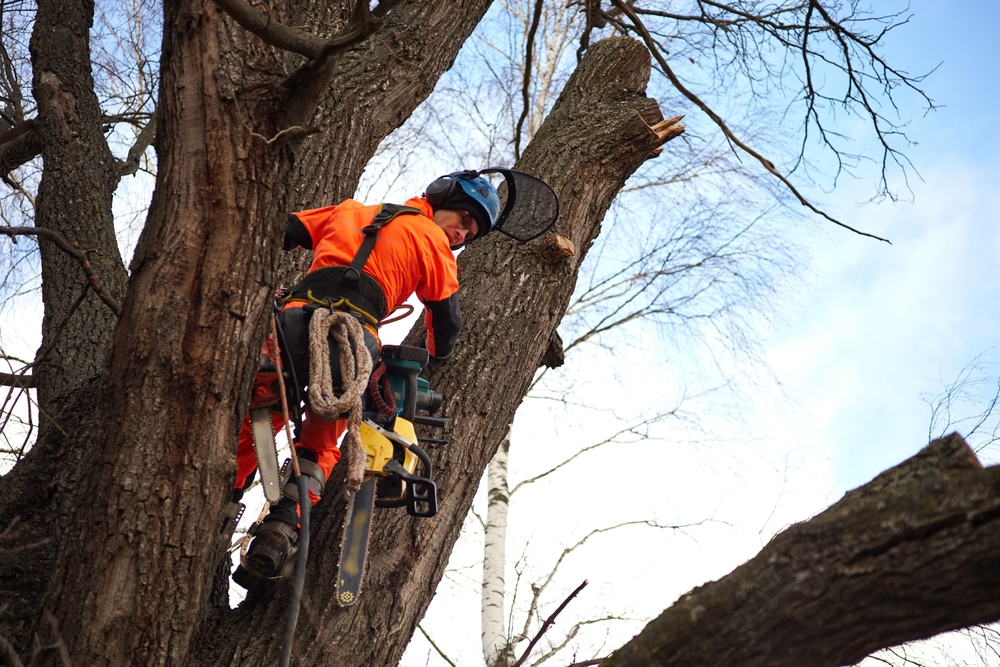
Why Are Tree Removal Permits Necessary in Richmond?
Richmond places a high value on its natural environment. Trees are integral to the ecosystem, providing numerous benefits such as:
- Air Quality Improvement: Trees absorb pollutants and release oxygen, improving the air quality.
- Temperature Regulation: Trees provide shade and release moisture, helping to reduce urban heat islands.
- Water Management: Trees reduce stormwater runoff and prevent soil erosion.
- Wildlife Habitat: Trees provide habitat and food for various species of birds, insects, and other wildlife.
By requiring permits, the city ensures that these environmental benefits are preserved.
Safety Concerns
Safety is another key reason for requiring tree removal permits. Trees that are dead, diseased, or structurally unsound can pose significant hazards to people and property. Permits ensure that these risks are assessed and managed properly. They help prevent accidents caused by falling branches or uprooted trees, protecting both residents and property.
How to Obtain a Tree Removal Permit in Richmond
Contacting the Local Government
To start the process, you need to contact the Richmond City Department of Public Works or the Urban Forestry Division. They will provide you with the necessary information and application forms. These departments oversee tree removal permits and ensure that all applications are reviewed and processed according to city regulations.
Completing the Application Process
The application process involves several steps:
- Fill Out the Application Form: Provide details about the tree, including its location, species, and reason for removal. Accurate information is crucial for a smooth application process.
- Submit Supporting Documents: You may need to provide photos of the tree, a site plan, and an arborist’s report detailing the tree’s condition and justification for removal.
- Inspection: A city arborist may inspect the tree to verify the information and assess its condition. This inspection helps ensure that the tree removal is necessary and justified.
Fees and Timelines
There are fees associated with tree removal permits. These fees cover the cost of processing the application and conducting inspections. The specific amount can vary depending on the scope of the removal project. The timeline for obtaining a permit can also vary, but it typically takes a few weeks from submission to approval. Homeowners should plan accordingly to avoid delays in their projects.
Regulations for Tree Removal in Richmond
- Protected Tree Species: Richmond has a list of protected tree species that cannot be removed without special permission. These species are protected due to their ecological value, rarity, or historical significance. For example, certain native trees that provide critical habitat or are essential for maintaining biodiversity may be protected.
- Tree Canopy Protection Ordinances: Tree canopy protection ordinances aim to maintain a minimum level of tree cover in urban areas. These ordinances may require property owners to replace removed trees or contribute to a tree planting fund. The goal is to ensure that the overall tree canopy in Richmond is not significantly diminished, preserving the environmental and aesthetic benefits it provides.
- Prohibited Tree Removal Circumstances: Certain circumstances prohibit tree removal. For instance, trees that are part of a conservation area or those planted as part of a public beautification project cannot be removed without explicit approval. Additionally, trees that provide significant environmental benefits, such as those along waterways that prevent erosion, may also be protected.
Consequences of Non-Compliance
- Fines and Penalties: Non-compliance with tree removal regulations can result in hefty fines. These fines are designed to deter unauthorized tree removal and encourage adherence to the rules. The amount of the fine can vary depending on the severity of the violation and the environmental impact of the unauthorized removal.
- Restitution Requirements: In addition to fines, violators may be required to perform restitution. This can include replanting trees or contributing to a community tree fund. Restitution ensures that the environmental impact of unauthorized removal is mitigated. It also helps maintain the overall tree canopy and supports the city’s efforts in preserving its green spaces.
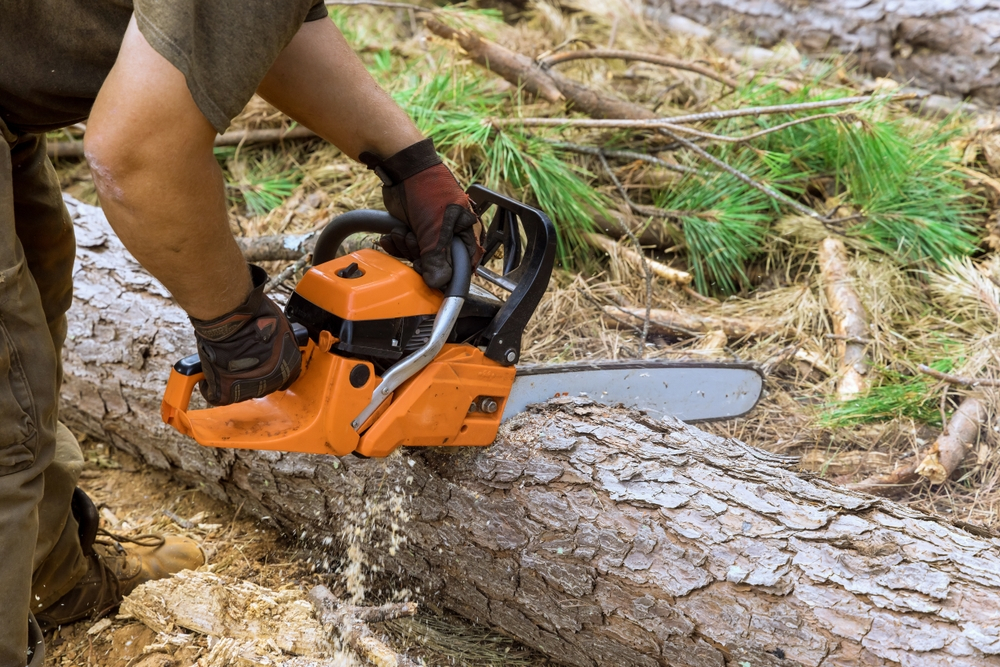
Exceptions to Tree Removal Permits
- Emergency Situations: In emergencies, such as after a storm, when a tree poses an immediate danger, permits can be expedited or waived. This allows for quick removal to protect public safety. Homeowners must still notify the city and provide documentation of the emergency situation to ensure compliance.
- Dead or Hazardous Trees: Trees that are dead or pose a hazard due to disease or structural issues can be removed with fewer restrictions. An arborist’s report may be required to confirm the tree’s condition. This ensures that only trees that truly pose a risk are removed without the standard permit process.
- Construction or Development Projects: For construction or development, tree removal may be permitted if it is part of an approved site plan. Developers must work with the city to ensure that tree removal is justified and that adequate measures are taken to replace or mitigate the loss of trees. This may include planting new trees elsewhere on the property or contributing to a tree planting fund.
Conclusion
As homeowners in Richmond, VA, understanding tree removal permits and regulations is crucial. Complying with these regulations helps preserve the environment and ensures community safety. Non-compliance can result in fines, penalties, and restitution requirements. By following the proper procedures and exceptions, you can contribute to a healthier, safer community. Taking the time to understand and adhere to tree removal regulations not only protects the environment but also enhances the quality of life for all Richmond residents.
